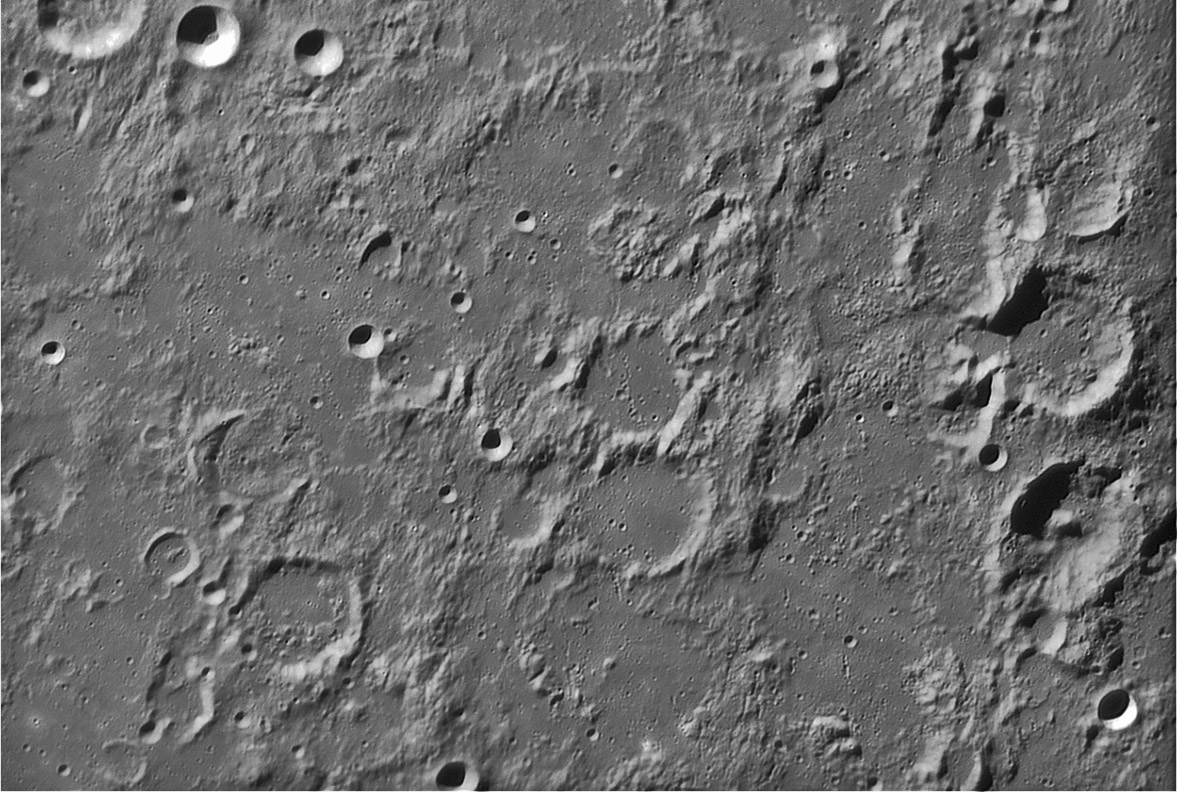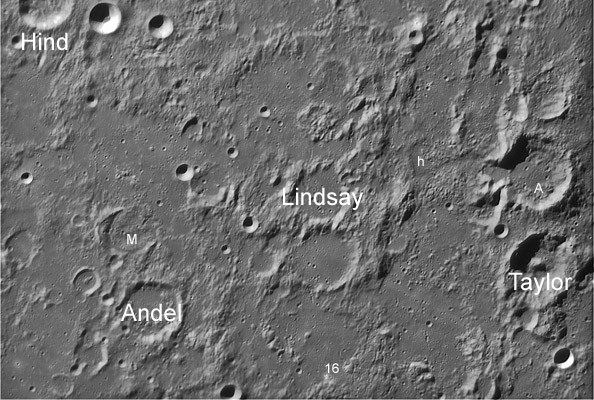Difference between revisions of "April 6, 2008"
(Created page with "__NOTOC__ =Tired And Tangled= <!-- ws:start:WikiTextHeadingRule:0:<h1> --> <!-- ws:start:WikiTextLocalImageRule:4:<img src="/file/view/LPOD-Apr6-08.jpg/34852229/...") |
|||
| (3 intermediate revisions by the same user not shown) | |||
| Line 1: | Line 1: | ||
__NOTOC__ | __NOTOC__ | ||
=Tired And Tangled= | =Tired And Tangled= | ||
| + | <!-- Start of content --> | ||
<!-- ws:start:WikiTextHeadingRule:0:<h1> --> | <!-- ws:start:WikiTextHeadingRule:0:<h1> --> | ||
<!-- ws:start:WikiTextLocalImageRule:4:<img src="/file/view/LPOD-Apr6-08.jpg/34852229/LPOD-Apr6-08.jpg" alt="" title="" /> -->[[File:LPOD-Apr6-08.jpg|LPOD-Apr6-08.jpg]]<!-- ws:end:WikiTextLocalImageRule:4 --><br /> | <!-- ws:start:WikiTextLocalImageRule:4:<img src="/file/view/LPOD-Apr6-08.jpg/34852229/LPOD-Apr6-08.jpg" alt="" title="" /> -->[[File:LPOD-Apr6-08.jpg|LPOD-Apr6-08.jpg]]<!-- ws:end:WikiTextLocalImageRule:4 --><br /> | ||
<em>image by [mailto:starman2@allegiance.tv Wes Higgins], Oklahoma; north to the upper right</em><br /> | <em>image by [mailto:starman2@allegiance.tv Wes Higgins], Oklahoma; north to the upper right</em><br /> | ||
<br /> | <br /> | ||
| − | This is a frazzled area, with many older and tired features. Can you name a single crater here? I could only recognize Taylor, the crater at far right with the large central peak. Taylor is northwest of Theophilus, just outside the nearly invisible [ | + | This is a frazzled area, with many older and tired features. Can you name a single crater here? I could only recognize Taylor, the crater at far right with the large central peak. Taylor is northwest of Theophilus, just outside the nearly invisible [[January_4,_2008|Irish astronomer.]] At the bottom center (near the number 16 in the annotated image below) is where Apollo 16 landed. The area shown in this image has been on the receiving end of a number of near and distant major events. If the Werner-Airy Basin is real, debris landed here from that ancient basin. Ejecta from the nearby Nectaris Basin must have deposited thick layers of ejecta, and then later, Imbrium Basin ejecta deposited more. The smooth plain where Apollo 16 touched down is commonly thought to be ejecta from Imbrium that was so fluid that it settled in low places and made a flat surface. Other material looks like it has flowed in and been trapped by topography (at Andel M). Between Lindsay and Taylor A are patches of knobby terrain that have textures similar to the hilly material just off the image, south of Apollo 16. To the left of the letter "h" near these hills is a straight line of 5-6 tiny rounded hills. Are these also debris from a basin? Finally, notice the ray segment on the plain to the left of Taylor - what is its source, I wonder? <br /> |
<br /> | <br /> | ||
<em>Chuck Wood</em><br /> | <em>Chuck Wood</em><br /> | ||
| Line 16: | Line 17: | ||
Wes' slightly larger and less enhanced original [http://higginsandsons.com/astro/images/Lindsay-Dollond-Apollo16-08-03-07.jpg view]<br /> | Wes' slightly larger and less enhanced original [http://higginsandsons.com/astro/images/Lindsay-Dollond-Apollo16-08-03-07.jpg view]<br /> | ||
<br /> | <br /> | ||
| + | <p><b>Yesterday's LPOD:</b> [[April 5, 2008|Five To One]] </p> | ||
| + | <p><b>Tomorrow's LPOD:</b> [[April 7, 2008|Two New Rilles?]] </p> | ||
<hr /> | <hr /> | ||
<strong>COMMENTS</strong><br /> | <strong>COMMENTS</strong><br /> | ||
| − | <!-- Removed reference to store page --> | + | <br /> |
| + | <br /> | ||
| + | <br /> | ||
| + | <!-- Removed reference to store page 2 --> | ||
| + | <!-- End of content --> | ||
{{wiki/ArticleFooter}} | {{wiki/ArticleFooter}} | ||
Latest revision as of 22:13, 22 March 2015
Tired And Tangled

image by Wes Higgins, Oklahoma; north to the upper right
This is a frazzled area, with many older and tired features. Can you name a single crater here? I could only recognize Taylor, the crater at far right with the large central peak. Taylor is northwest of Theophilus, just outside the nearly invisible Irish astronomer. At the bottom center (near the number 16 in the annotated image below) is where Apollo 16 landed. The area shown in this image has been on the receiving end of a number of near and distant major events. If the Werner-Airy Basin is real, debris landed here from that ancient basin. Ejecta from the nearby Nectaris Basin must have deposited thick layers of ejecta, and then later, Imbrium Basin ejecta deposited more. The smooth plain where Apollo 16 touched down is commonly thought to be ejecta from Imbrium that was so fluid that it settled in low places and made a flat surface. Other material looks like it has flowed in and been trapped by topography (at Andel M). Between Lindsay and Taylor A are patches of knobby terrain that have textures similar to the hilly material just off the image, south of Apollo 16. To the left of the letter "h" near these hills is a straight line of 5-6 tiny rounded hills. Are these also debris from a basin? Finally, notice the ray segment on the plain to the left of Taylor - what is its source, I wonder?
Chuck Wood
 Technical Details
Technical Details
Aug 3, 2007, 18" Reflector, Infinity 2-1m camera, MAP processing 99x64, stack of 350 frames
Related Links
Rükl plate 45
Wes' slightly larger and less enhanced original view
Yesterday's LPOD: Five To One
Tomorrow's LPOD: Two New Rilles?
COMMENTS
COMMENTS?
Register, Log in, and join in the comments.



